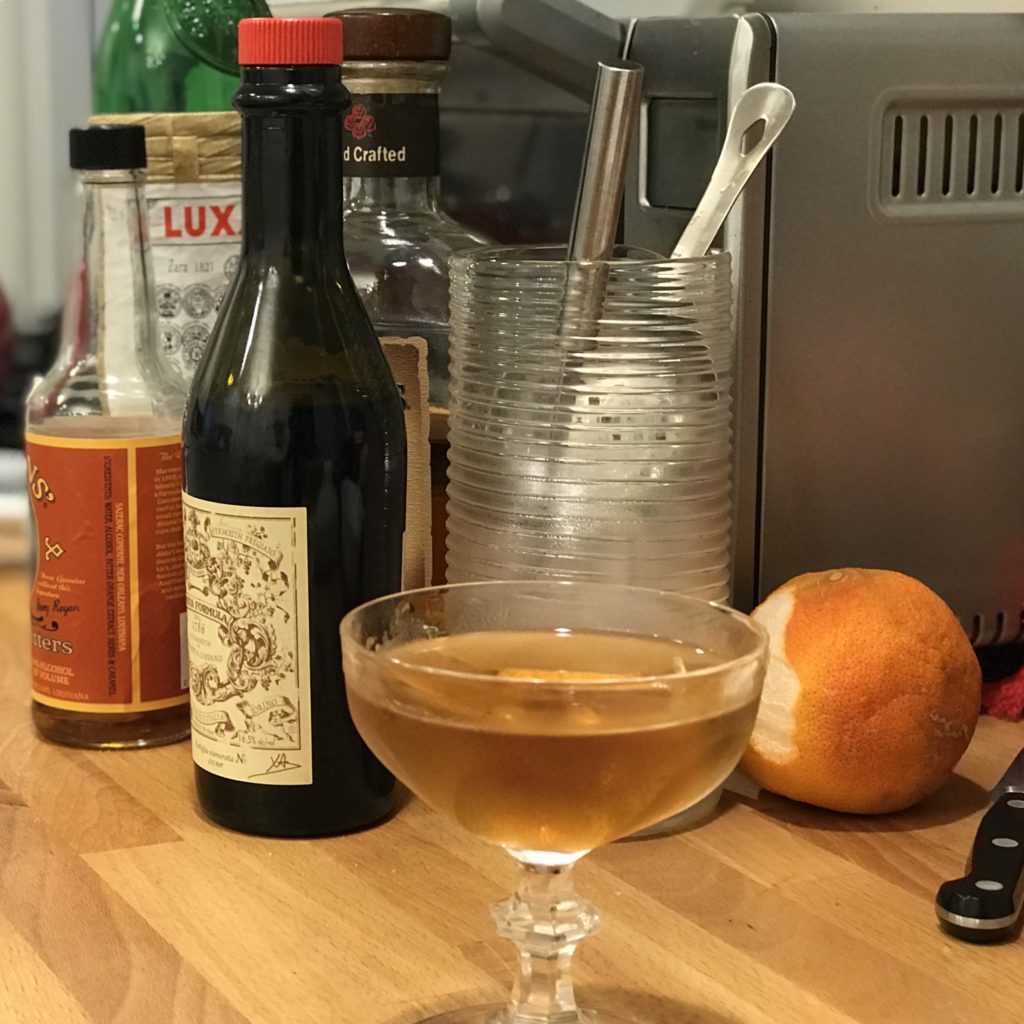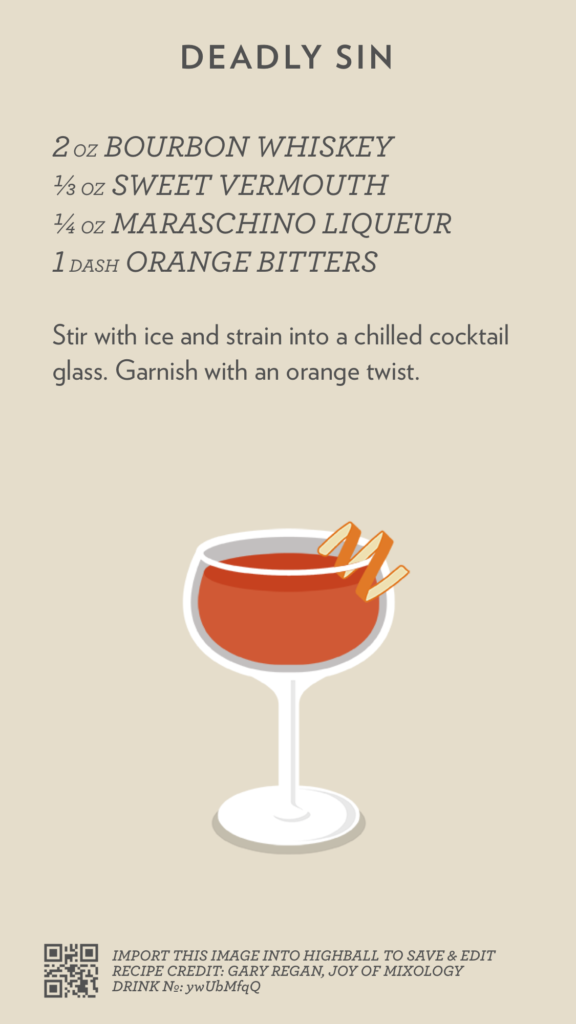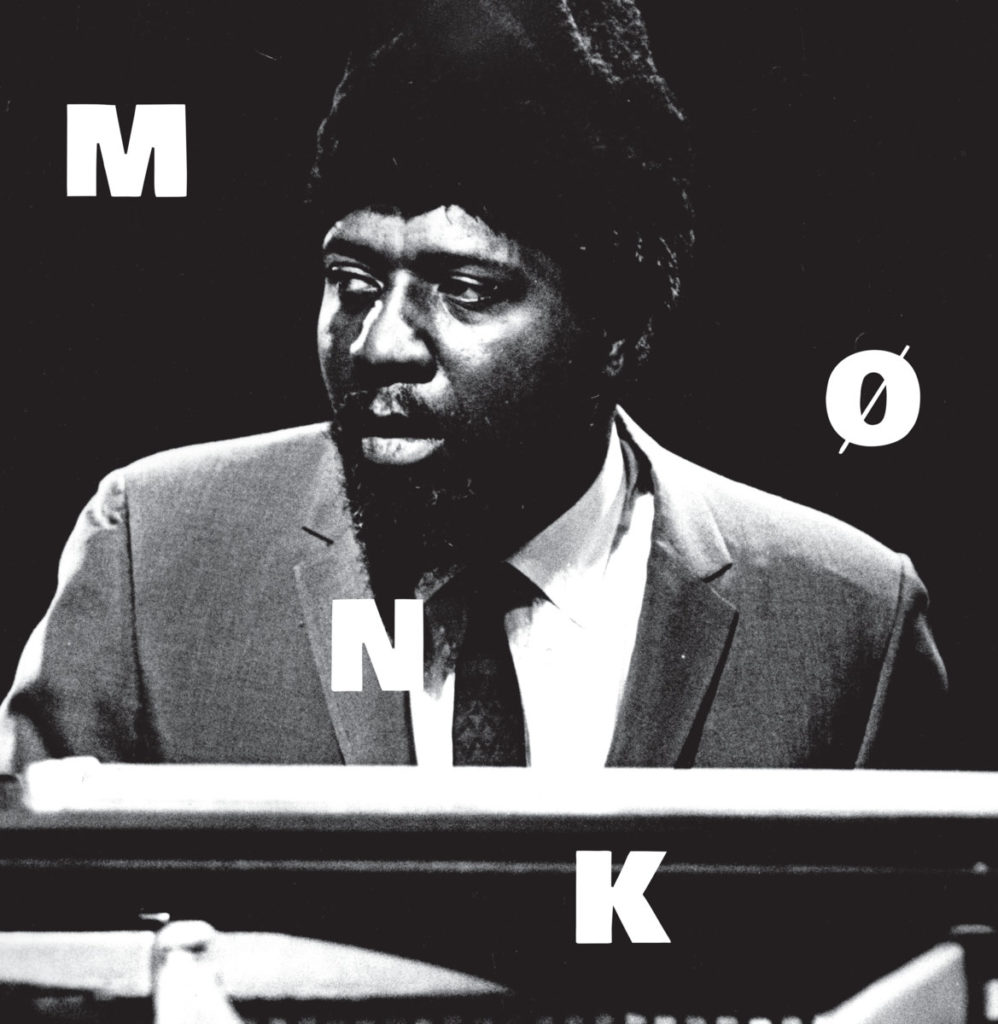I still have a landline telephone, albeit reluctantly. While it’s theoretically useful to have a phone number where we can be contacted at home, the theoretical usefulness of this concept is destroyed by the mounting avalanche of calls that promise to lower our credit card bills or switch us to a different electrical provider, to say nothing of the hangups, the “hello? are you there?” calls, and the well meaning seekers of local office. Of course all of the above come from our area code and exchange, meaning that it’s impossible for us in a thirty day period to tell whether the call coming through is from our child’s school or from a telemarketer using neighbor spoofing to look like they’re calling about something of local interest.
This is old news. I would guess that if you’re under 50, the only reason you have a landline is that it came as a bundle with your internet and TV service. (That may be the only reason you have old-fashioned TV as well.)
But what I’ve watched with dismay over the last few years is the mounting marketing avalanche that seems determined to kill my email inbox, just like it did my landline.
Oh, don’t get me wrong. I’m not talking about enlargement spam, or any of the other overt pests that used to fill our mailboxes. By and large, modern mail services and mail clients take care of that.
I’m talking about aggressive email marketing campaigns from companies that I actually do business with.
I have no idea why I receive three copies of newsletters from that bow-tie company in Vermont (though I suspect having filled in a different forwarding address somewhere along the way has something to do with it) or four copies of every email from Organizing for America. At least the latter is entertaining, since you can sometimes watch them test different optimizations for the subject line. But five or more emails a week from the kitchen store or the online music store, none of which reflect my interests or purchase history, seems to me like a bridge too far.
That’s even before you count all the emails going to stupid people who think that my Gmail address is theirs. I’m looking at you, Teresa Jarrett and Taijah Jarrett and Ted Jarrett and all the other people who just can’t remember that they don’t have their first initial plus their last name at gmail dot com.
It adds up. I’m regularly deleting more than 50 emails a day unread. It’s worse sometimes when Teresa or Taijah or Ted sign up for a site that does its own marketing emails.
What kills me about this is that the failure of this communication channel that’s been a locus of my personal and professional interest my entire adult life is caused by the same thing that killed my landline. It’s marketing gone amok.
I have done marketing (of a kind) for a living, and I know the pressure of building the “top of the funnel.” The problem is that you can touch a heck of a lot of people at the top of the funnel and make your marketing numbers look great, only to have none of those people convert into business because they weren’t ever really interested in your product to begin with. But the challenge is that if you go the opposite route and try to target too precisely, then you’re dealing with the kind of surveillance technology that gives Internet marketing a bad name.
So what are you going to do? Well, it turns out there are a few sites that I regularly get email from where I actually read the emails. Religiously. Even though they update a couple times a week. Discogs is one, because it emails me about things that are relevant to my vinyl collection and my extended interests. But that’s information I gave them, not that they observed by watching over my shoulder. I think that’s the key — the information sharing has to be consensual and I have to get some genuine value from giving away my data.




